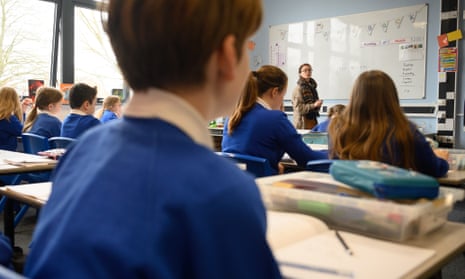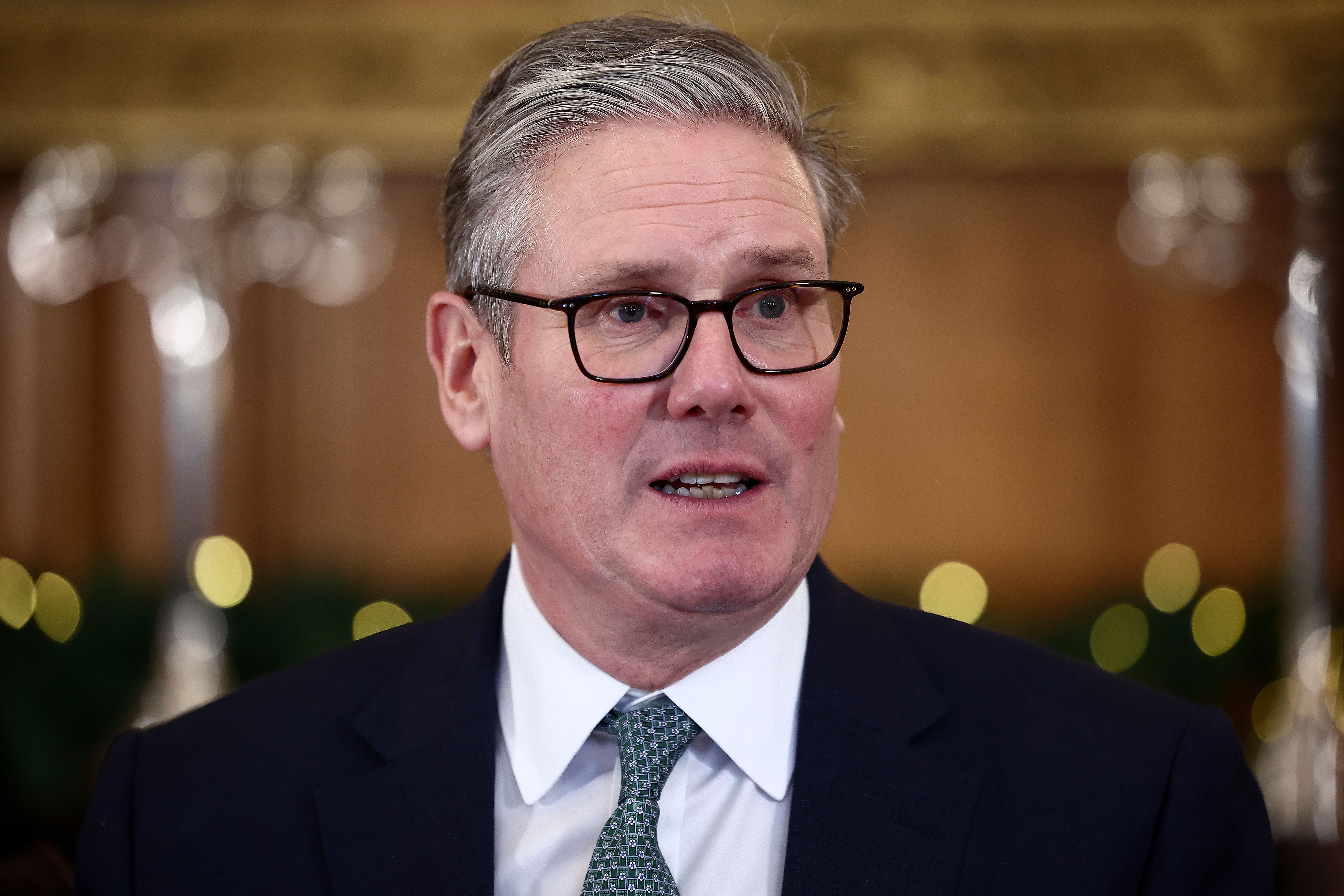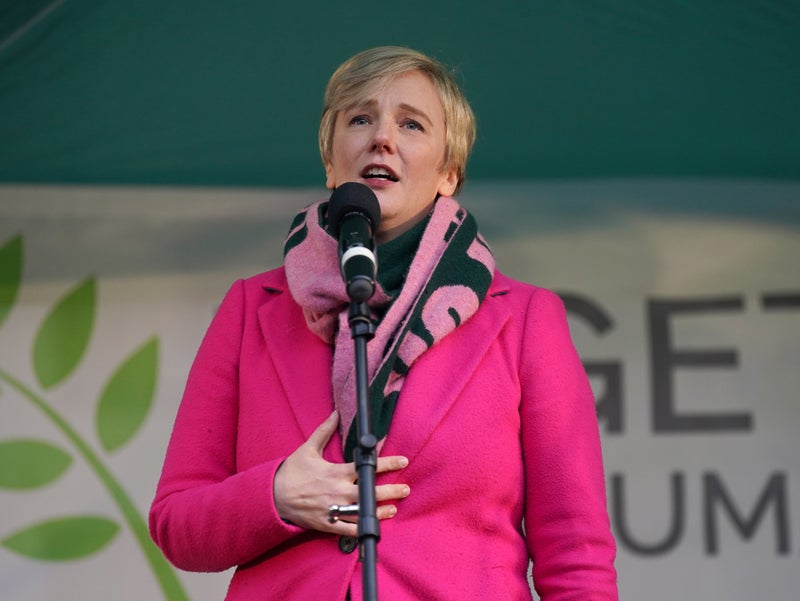Schools face tight budgets next year as the "spiralling costs" of special educational needs provision and boosts to teacher salaries threaten to outstrip the growth in school funding. Pupil numbers are expected to fall by 2% between 2025 and 2027 - and a saving of £1.2bn could be made every year by freezing spending per child in real terms.
But the Institute For Fiscal Studies (IFS) has said state school funding per pupil in England will not cover both special educational needs and disabilities (SEND) provision requirements and a rise in teacher pay of 2.8% from September 2025. The government has projected SEND spending will grow by £2.3bn between now and 2027 without reforms.
The IFS said this will make finding savings in the schools' budget "impossible without cutting mainstream per pupil spending in real terms". Luke Sibieta, IFS research and author, said: "Spiralling costs of special educational needs provision seems likely to wipe out any opportunities for savings in the schools budget from falling pupil numbers.".
The IFS report estimated that mainstream school funding per pupil grew by 5% in real terms between 2019 and 2024, rather than the 11% total increase, after accounting for planned spending on high needs. "This may explain why school leaders have felt their budgets squeezed by more than might be implied by large increases in overall funding," the researchers said.






















